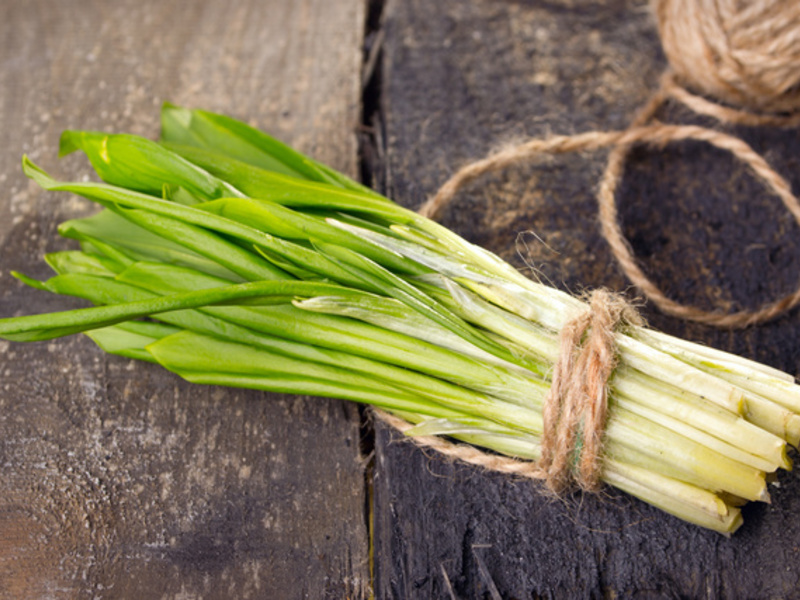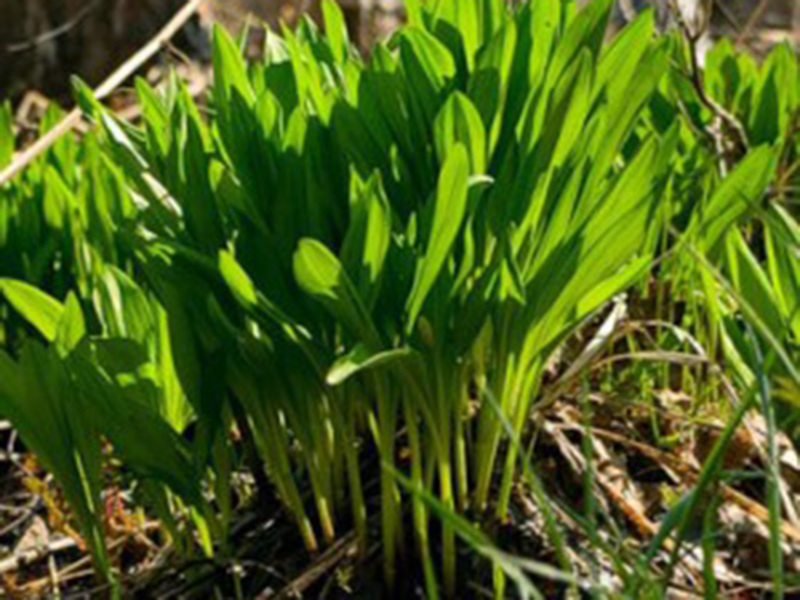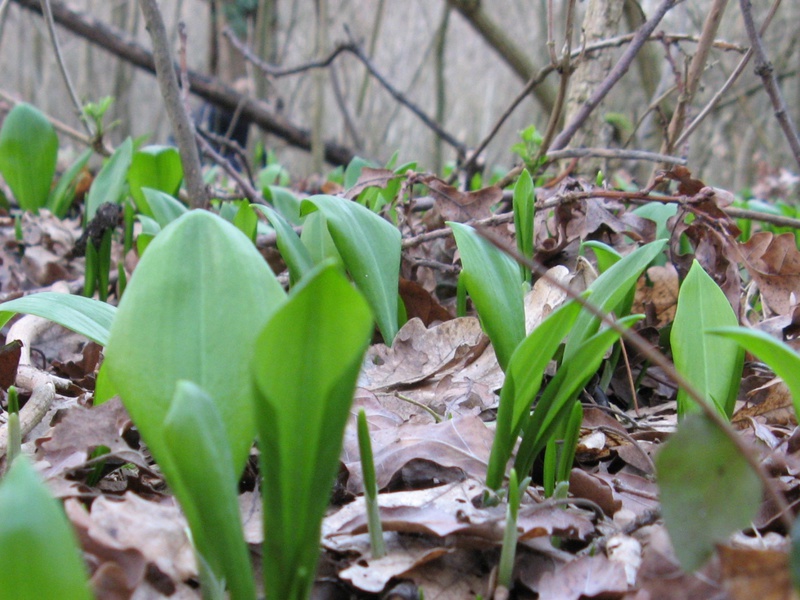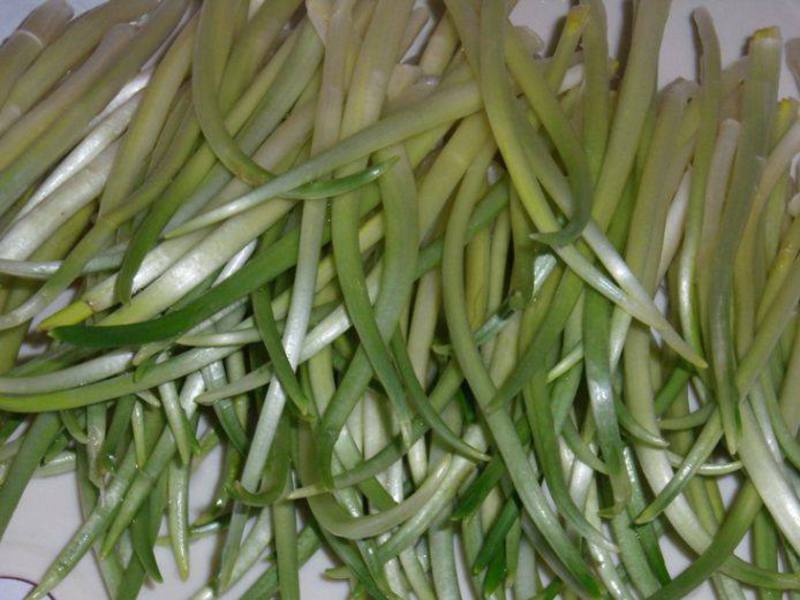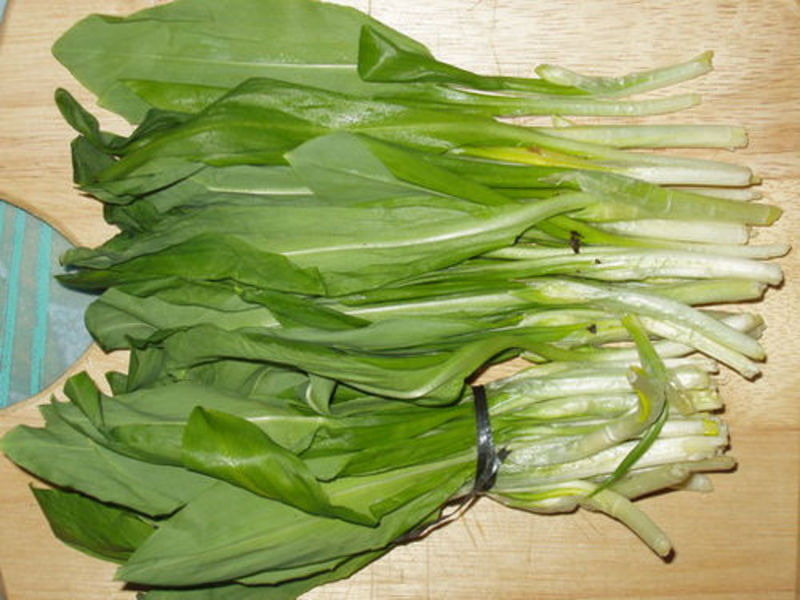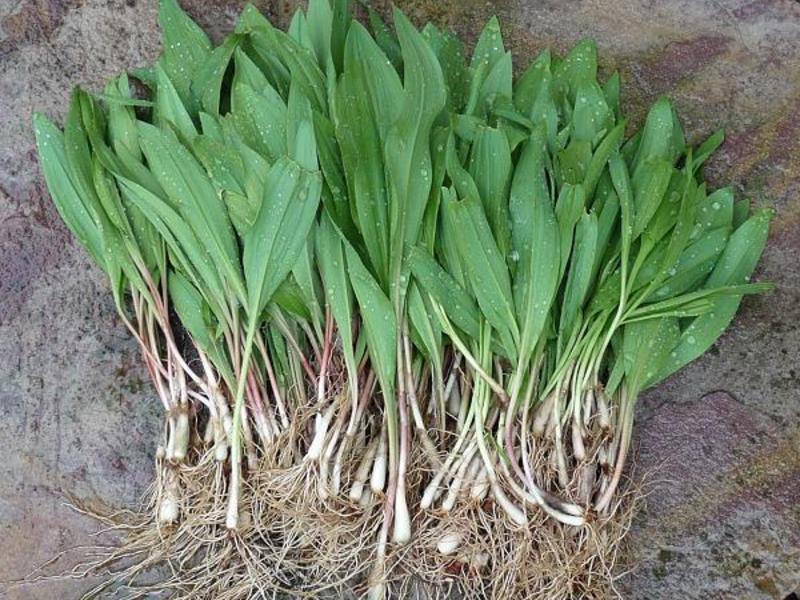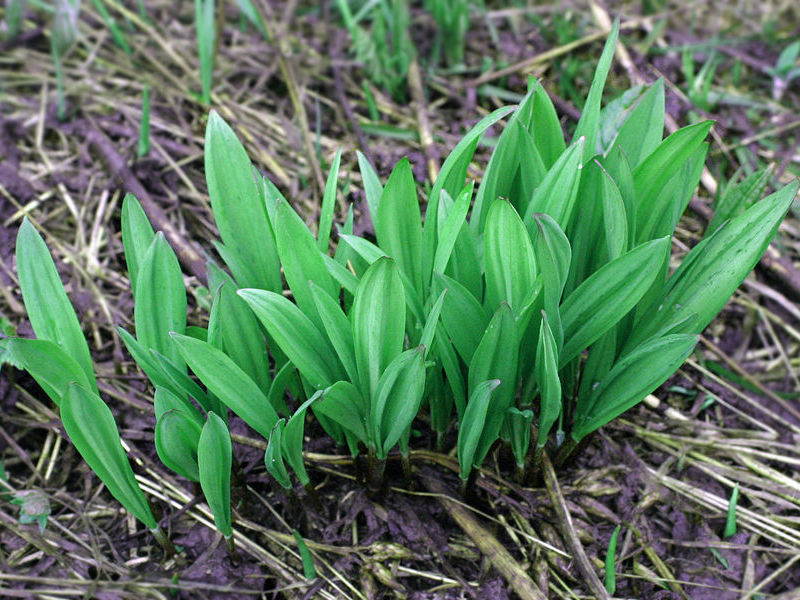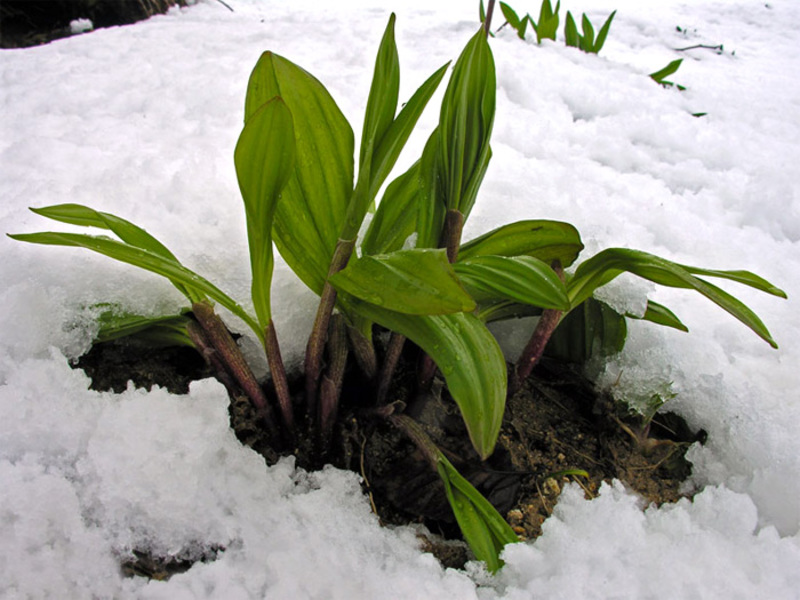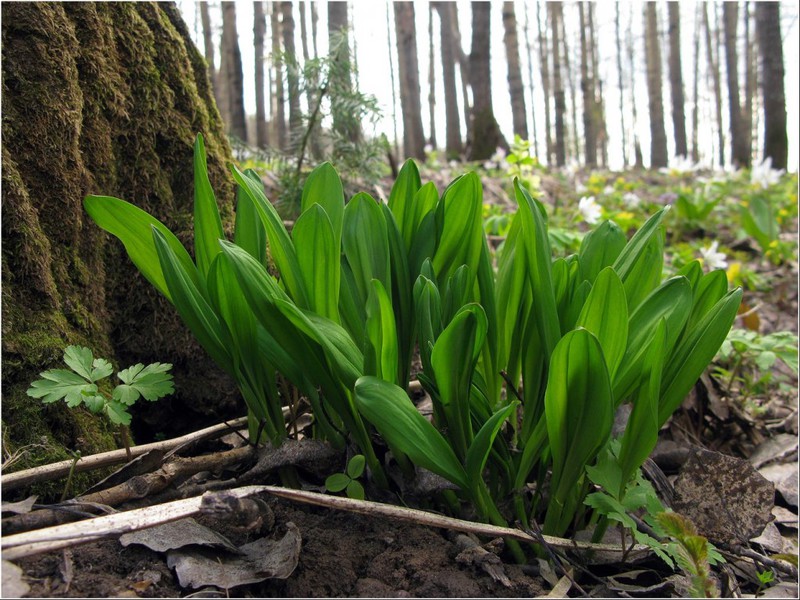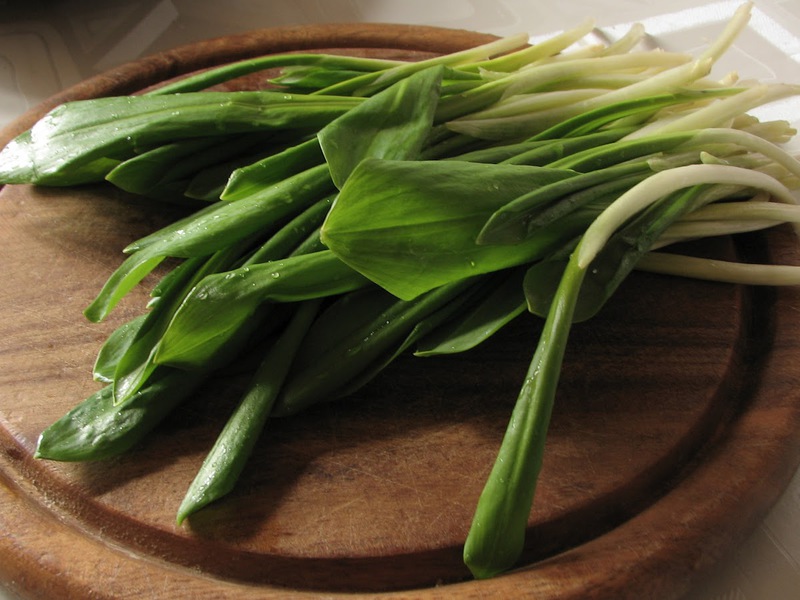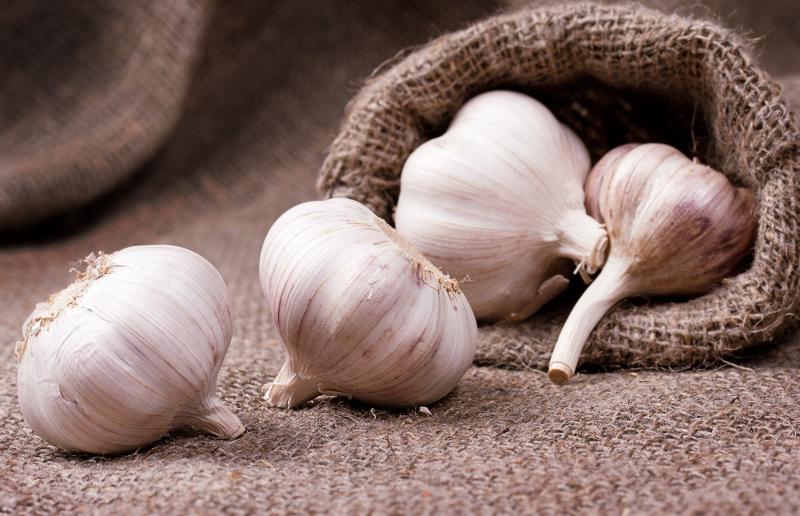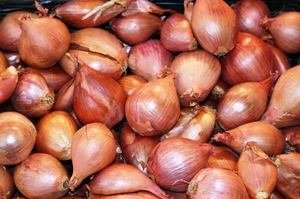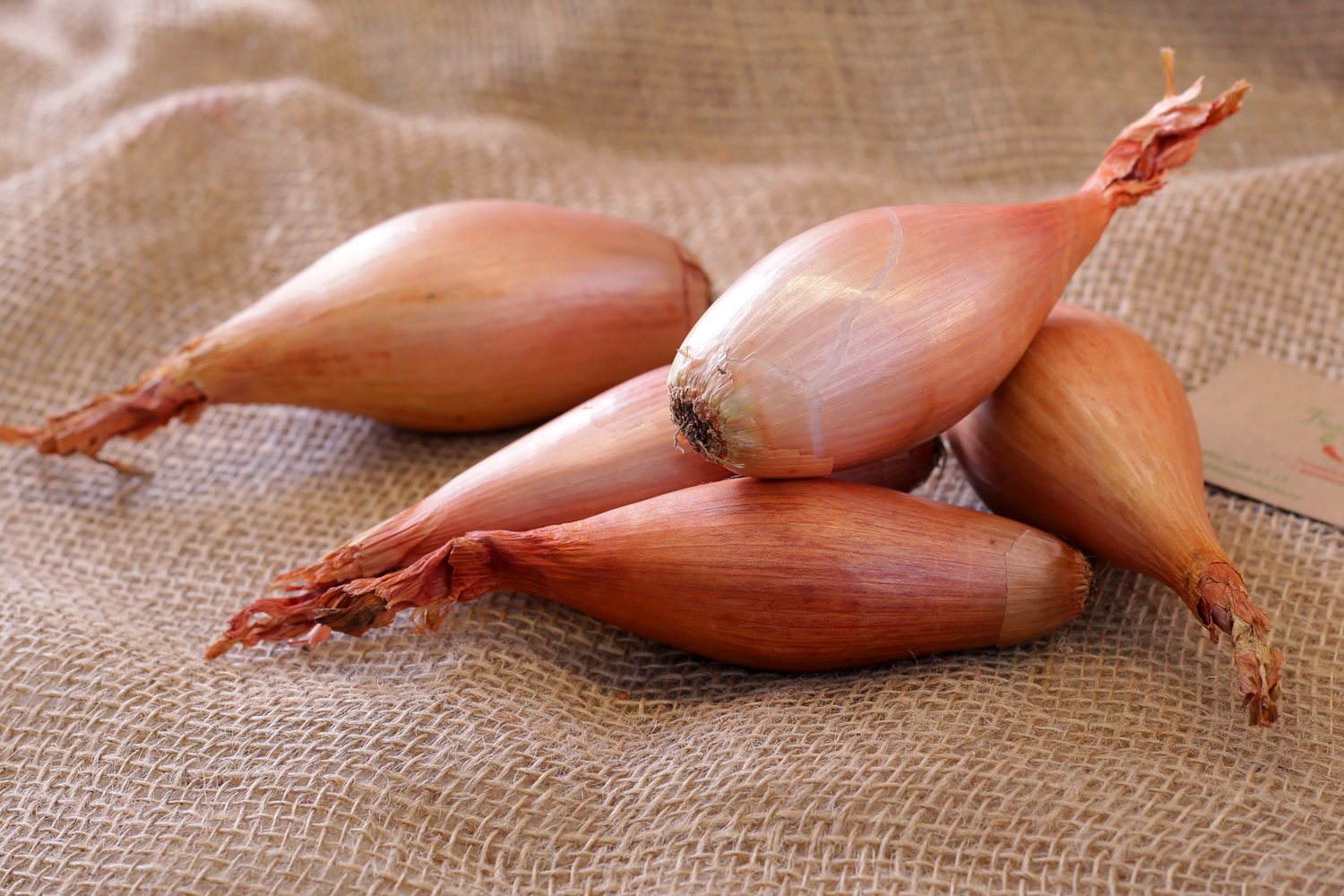In nature, there are many useful and at the same time beautiful plants. People began to notice this long ago, and slowly many herbs and shrubs began to move to our dachas and vegetable gardens. This happened with wild garlic. Today, in many household plots, you can find this beautiful, tasty and healthy plant.
Ramson - what is it? How does it grow, how is the plant useful? What does wild garlic look like?
general description
Ramson has been known for a long time. This plant is popularly called differently. For some, it is a bear onion, for others, wild garlic. Scientifically speaking, wild garlic is perennial herb... It belongs to the genus onion and the onion subfamily. But garlic also belongs there, so wild garlic can be called both bear onion and wild garlic.
Ramson is a bulbous plant. All representatives of the onion family are distinguished by this feature. Of course, its root is different from the same garlic. The bulb is small, only one centimeter in diameter. Roots grow from it deep into the earth.
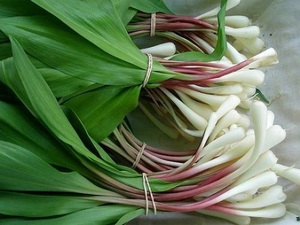
The plant itself has a height of 15 to 50 centimeters. The stem has a triangular shape. Leaves grow from the very base. They have an elongated wide shape. Ramson flowering plant. The flowers are light and white and begin to appear in early May. The flowering itself ends towards the end of July.
Like any herb, the bear onion is pet food... But many experts do not recommend adding it to the livestock menu. The fact is that when it is eaten, some substances enter the body that contribute to the deterioration of the taste of meat. And if a dairy cow eats a large amount of wild garlic, the color of milk can change from white to yellow. Of course, this will not bring harm to human health and the livestock itself, but the taste of animal products can become unpleasant.
The question of where wild garlic grows is quite easy to answer. Many have met this plant when hiking in nature. Wild garlic or bear onion is native to all of Europe, the Caucasus and Turkey. Also wild garlic can be collected in Belarus and some western regions of Russia. Recently, the plant began to be grown in gardens, but still, most often they go to the wild for it.
If you decide to grow wild garlic on your personal plot, then some tricks worth knowing:
- The plant loves a humid and shady environment. In the wild, it often grows along the shady river banks;
- It is better to propagate wild garlic by seeds, not by bulbs. So it will take root better;
- Sowing is carried out in the winter. In order for the seeds to sprout well, they need to lie for at least one hundred days at temperatures from zero to -3 degrees.
The plant grows rather slowly. Only in the third year after sowing, wild garlic will reach normal "adult" sizes, and the first flowering occurs only in the fourth year.
How is it useful?
Wild garlic has been used in folk medicine for many centuries. Healers have long noticed the wonderful properties of the plant, which has collected the qualities of both onions and garlic. The wild garlic contains a large assortment of trace elements, vitamins and other useful substances.
Among the useful properties the following can be distinguished:
- The greens of the plant, from which you can make salads, perfectly helps with diseases of the digestive system.It also helps to improve the functioning of the cardiovascular system. Greens have been used since ancient times for colds, fever and various inflammations;
- Green salads can help cope with stress by supporting the body with vitamins and minerals;
- A large number of nutrients makes wild garlic an excellent general tonic. Salads and other people from this plant will help you recover from illness.
But like any medicine, bear onion must be taken with caution... Don't get too carried away with it. In case of an overdose, headaches and various disorders may occur. In addition, taking wild garlic is not recommended for people with stomach diseases, hepatitis and cholecystitis.
Wild garlic is used both fresh and added to various dishes. The whole plant is used. Greens, onions and stems can be salted for the winter, fermented and pickled. The only thing that is undesirable to do is to dry the plant. Such a preparation will not bring harm, but there will be no benefit from it either.
Any form of wild garlic is a dietary product... Greens, stems and bulbs are low in calories. Therefore, salads and winter wild garlic preparations can be an excellent and useful component of various diets.
Conclusion
Ramson, a photo of which can often be found on the Internet, is a fairly widespread plant. Low bushes of wild garlic or bear onions can be found along rivers in Europe and several other regions. This plant can be grown on a personal plot, but it is quite troublesome. Therefore, in most cases, people use wild plants.
Ramsons can be salted, pickled and fermented. Fresh leaves are used to prepare a salad. In any form, the plant helps to cope with many ailments, gives strength and saturates the body with useful substances.
